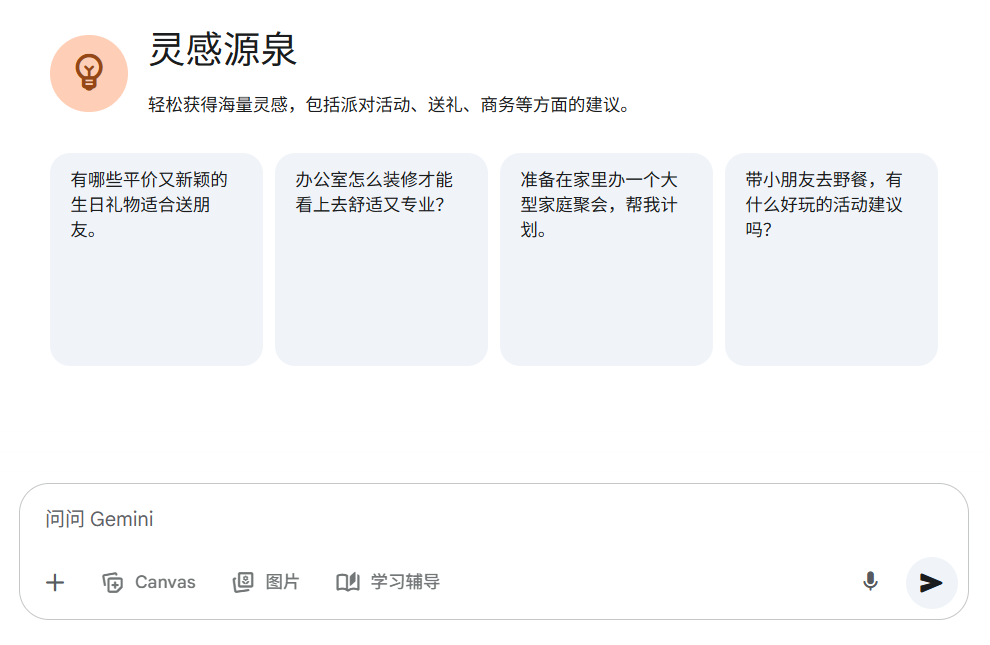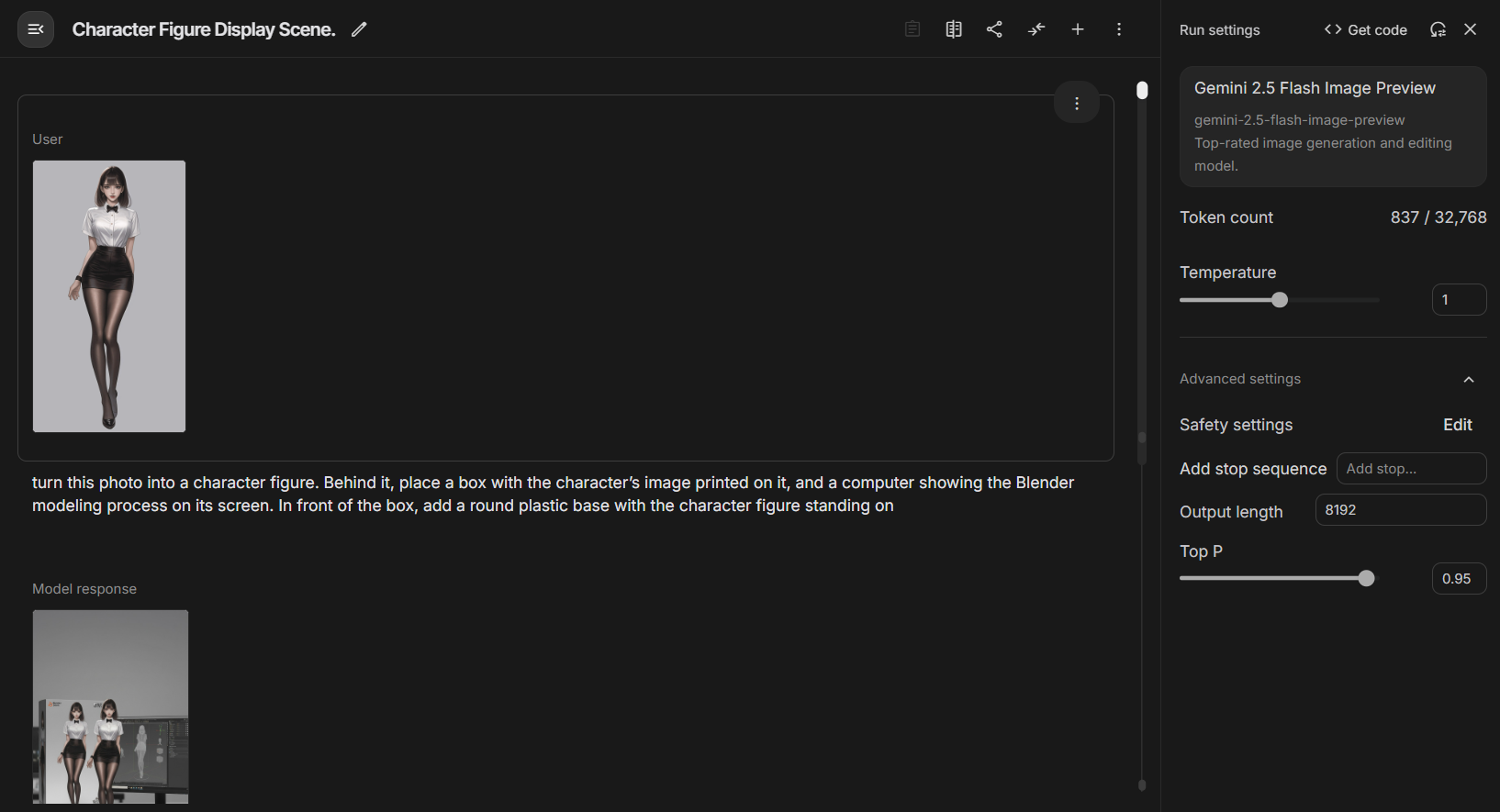gemini-cli As an open-source command-line intelligence, behind its rapid popularity is a series of subtle thinking in its agent design. To truly understand how it works, we can't just stay at the functional level, we must go deeper into its two pillars: one is the "structured cue word engineering" designed to achieve long-term memory, and the other is the "single Agent implementation principle" constructed for the stable operation of the system. The first is the "structured cue word engineering" designed to realize long-term memory, and the second is the "single agent realization principle" constructed for stable system operation.
This paper will deconstruct these two cores and analyze their design philosophies and technical tradeoffs.
Cue Word Engineering: Creating Controlled Long-Term Memory for Agents
All large language models face a common challenge: a limited context window. Once the dialog is too long, early information is forgotten, leading to Agent "amnesia".gemini-cli The response is not a simple historical summary, but an elaborate structured compression mechanism. The soul of this mechanism is the following complete, detailed cue, a "memory template". It instructs the model how to distill the long history of conversations into a highly condensed XML snapshot that is critical for future tasks.
You are the component that summarizes internal chat history into a given structure.
When the conversation history grows too large, you will be invoked to distill the entire history into a concise, structured XML snapshot.This snapshot is CRITICAL, as it will become the agent's *only* memory of the past. The agent will resume its work based solely on this snapshot. All crucial details, plans, errors, and user directives MUST be preserved.
First, you will think through the entire history in a private <scratchpad>. Review the user's overall goal, the agent's actions, tool outputs, file modifications, and any unresolved questions. Identify every piece of information that is essential for future actions.
After your reasoning is complete, generate the final <state_snapshot> XML object. Be incredibly dense with information. Omit any irrelevant conversational filler.
The structure MUST be as follows:
<state_snapshot>
<overall_goal>
<!-- A single, concise sentence describing the user's high-level objective.-->
<!--Example:"Refactor the authentication service to use a new JWT library."-->
</overall_goal>
<key_knowledge>
<!--Crucial facts, conventions, and constraints the agent must remember based on the conversation history and interaction with the user.Use bullet points.-->
<!--Example:
-Build Command: `npm run build`
-Testing:Tests are run with `npm test`.Test files must end in `.test.ts`.
- API Endpoint:The primary API endpoint is `https://api.example.com/v2`.
-->
</key_knowledge>
<file_system_state>
<!--List files that have been created, read, modified, or deleted.Note their status and critical learnings.-->
<!--Example:
- CWD: `/home/user/project/src`
- READ: `package.json` -Confirmed'axios'is a dependency.
- MODIFIED: `services/auth.ts` -Replaced'jsonwebtoken'with'jose'.
- CREATED: `tests/new-feature.test.ts` -Initial test structure for the new feature.
-->
</file_system_state>
<recent_actions>
<!-- A summary of the last few significant agent actions and their outcomes.Focus on facts.-->
<!--Example:
-Ran `grep 'old_function'` which returned 3 results in 2 files.
-Ran `npm run test`, which failed due to a snapshot mismatch in `UserProfile.test.ts`.
-Ran `ls -F static/` and discovered image assets are stored as `.webp`.
-->
</recent_actions>
<current_plan>
<!--The agent's step-by-step plan. Mark completed steps. -->
<!-- Example:
1. [DONE] Identify all files using the deprecated 'UserAPI'.
2. [IN PROGRESS] Refactor `src/components/UserProfile.tsx` to use the new 'ProfileAPI'.
3. [TODO] Refactor the remaining files.
4. [TODO] Update tests to reflect the API change.
-->
</current_plan>
</state_snapshot>
The cue template is much more than a formatting constraint; it acts as a "cognitive framework", forcing the model to think and remember in a structured way. Let's break down the deeper role of each label one by one:
<overall_goal>: The mission's North Star. In a long and complex task, it is easy for an agent to get bogged down in trivial sub-tasks and deviate from the original goal. This labeling requires the model to keep the final deliverable in mind and ensure that all actions serve this core goal, effectively preventing "goal drift".<key_knowledge>: "Post-it notes" of key information. The dialog will be full of rules that need to be adhered to over time, user-specific preferences, or important technical constraints (e.g., test commands arenpm testThe API address ishttps://api.example.com/v2). Solidifying this information prevents the Agent from repeating questions or making mistakes in subsequent operations.<file_system_state>: Snapshots of the environment. For a command-line tool that interacts frequently with the file system, being aware of the state of the environment is critical. This tag records file additions, deletions, and deletions, providing the agent with precise "scene awareness" of where it is and what resources it has.<recent_actions>: Short-term working memory. Recording the last few critical operations and their results (successes, failures, outputs) provides the most direct context for the Agent's next decision, as well as valuable clues for problem troubleshooting.<current_plan>: Dynamic implementation road mapThis is the core of Agent self-management. This is the core of Agent self-management. By breaking down large tasks into tasks with[DONE],[IN PROGRESS],[TODO]state steps, the Agent not only advances its work in an orderly fashion, but also continues exactly where it left off after an interruption, enabling task persistence and continuity.
This structured approach, which is essentially aCognitive load shiftingIt transforms the open problem of "how to memorize effectively" into a "fill-in-the-blank" problem. It transforms the open problem of "how to memorize effectively" into a "fill-in-the-blank" question, greatly reducing the probability of model error and making the Agent's memory and state controllable, predictable and easy to debug.
Agent realization: a rigorous set of monomer cycles and self-repair mechanisms
If cue engineering is the brain of an Agent, then its runtime loop is the heartbeat of the Agent.gemini-cli A classic monolithic Agent design is used, whose stable operation relies on a set of control loops containing self-healing capabilities.
Core Cycle:Turn of the "think-act" cycle
All of the Agent's behavior revolves around the Turn The class unfolds. Each Turn represents a complete think-act cycle. When the user enters a command, theGeminiClient The main controller then creates a Turn instance. This instance is responsible for calling the Gemini model, streaming the returned thought(thought process) and text(text content) and collect all functionCalls(tool calls). After all the thinking and text output is done, it executes all the collected tool calls at once and feeds the results back to the model to start the next round of Turn. This design ensures that actions are organized and atomic.
Self-repair: the "immune system" of two-layer loop detection
One of the biggest risks of Autonomous Agents is getting stuck in an infinite loop - performing the same actions over and over again without getting anywhere, which not only wastes resources, but also crashes the user experience.gemini-cli A two-layer "immune system" is built in to combat the problem.
- Low-cost rapid detection (hash-based): This is a rapid response mechanism. It slices the generated content into small chunks and calculates the hash value. If certain chunks of content are found to be repeated at high frequency over a short distance, as in the case of detecting stuttering, the system immediately decides that it is a loop. This method has a very low computational cost and is effective in intercepting those patterned, literal repetitions.
- Higher-order semantic detection (LLM-based): As the number of dialog rounds increases, the looping pattern may become more insidious (e.g., repeatedly trying different ways to solve a problem that doesn't exist). At this point, the system will initiate higher-order detection. It will extract the most recent dialog history and call a lightweight model (e.g.
Gemini FlashThis small model is used to determine whether the main Agent is "semantically" going in circles. This is equivalent to a bystander, from a higher dimension to examine whether the behavior of the main Agent is reasonable. According to the confidence level returned, the system can also dynamically adjust the frequency of the next check, realizing the balance between cost and effect.
This two-tiered mechanism reflects mature engineering thinking: solve the most common problems at the lowest cost, and use more expensive resources only when necessary.
Architecture trade-offs and perspectives
gemini-cli The monolithic Agent architecture, coupled with a lightweight "filesystem-as-database" persistence strategy, makes it simple, reliable, and easy to deploy. This is a pragmatic choice for individual developers and small to medium sized projects.
However, the bottleneck of this design is also obvious. The serial processing mechanism limits its execution efficiency. In the face of complex tasks that require a lot of parallel operations (e.g., analyzing and modifying multiple files at the same time), a single Agent can be overpowered.
Future advanced Agent architectures are more likely to move towards a multi-Agent collaboration model. You can envision a "master" Agent that breaks down tasks and distributes them to multiple specialized sub-agents - "code readers", "code generators", "test engineers", etc. They work in parallel and report back asynchronously, "Code Generator", "Test Engineer", etc., which work in parallel and report asynchronously. This architecture, while more complex in design, is certainly ahead of the break in terms of efficiency and capability ceiling.gemini-cli It shows us how far a solid and reliable single agent can go, and leaves us with a valuable reference for thinking about the evolution of the next-generation agent architecture.




































